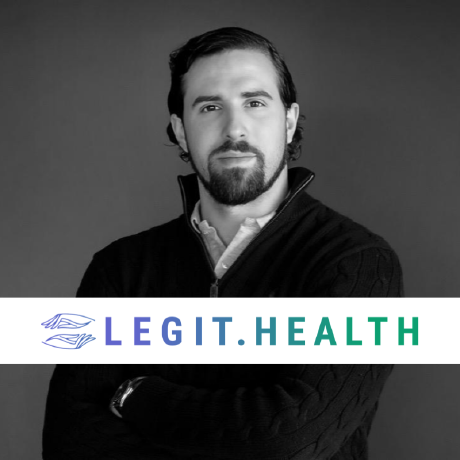APASI: El futuro brillante de la evaluación de la gravedad de la psoriasis ha llegado
Introducción
Legit.Health presenta un avance revolucionario en la tecnología de evaluación dermatológica: el sistema APASI (Índice Automático de Área y Gravedad de la Psoriasis). Esta solución innovadora aprovecha el poder de la inteligencia artificial para analizar imágenes clínicas y calcular automáticamente las puntuaciones PASI estandarizadas, transformando la forma en que se evalúa la gravedad de la psoriasis en la práctica clínica y la investigación.
Utilizando algoritmos de visión por computadora, nuestros investigadores han creado una herramienta que procesa imágenes de teléfonos inteligentes y las traduce automáticamente al dominio del PASI, proporcionando evaluaciones objetivas, rápidas y precisas que complementan los métodos de evaluación clínica tradicionales.





